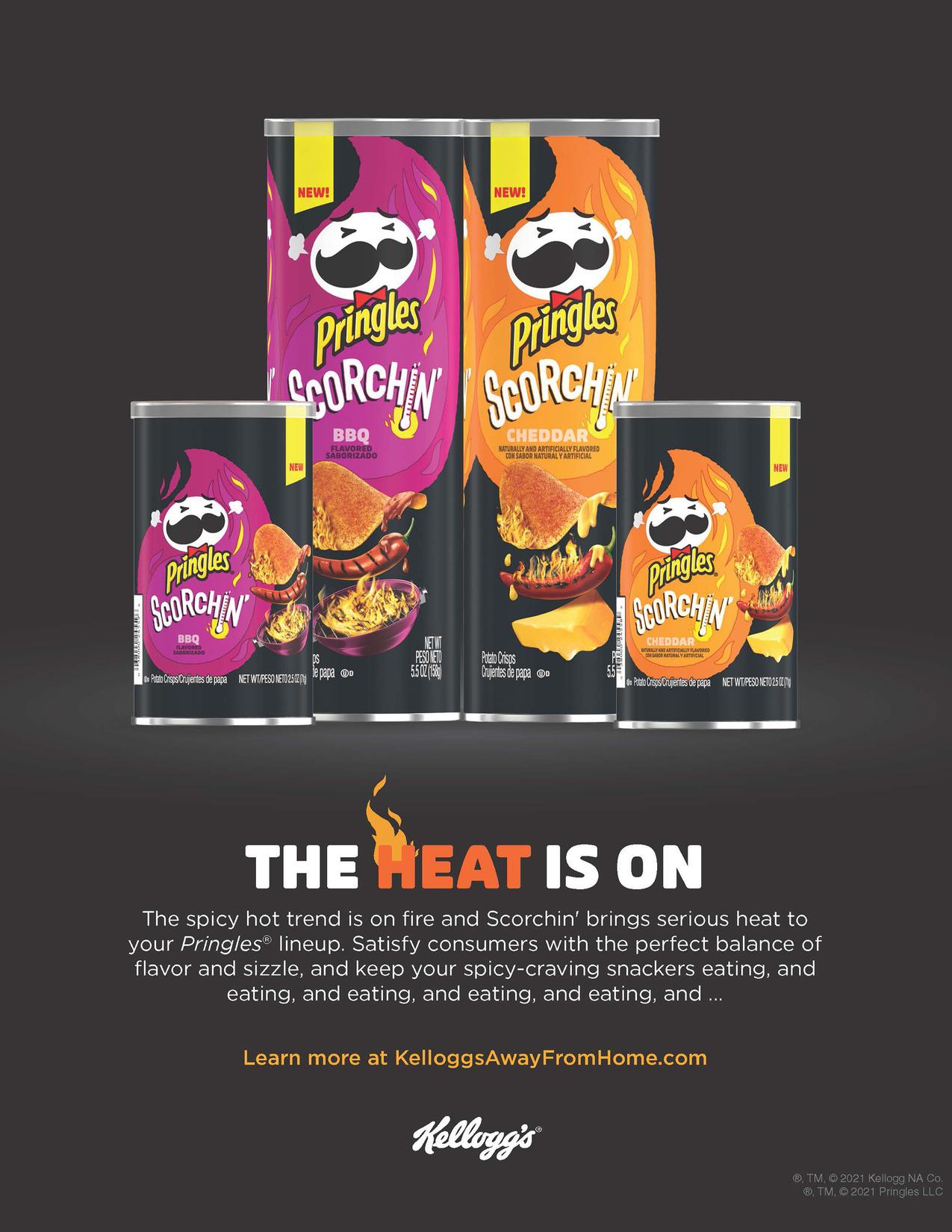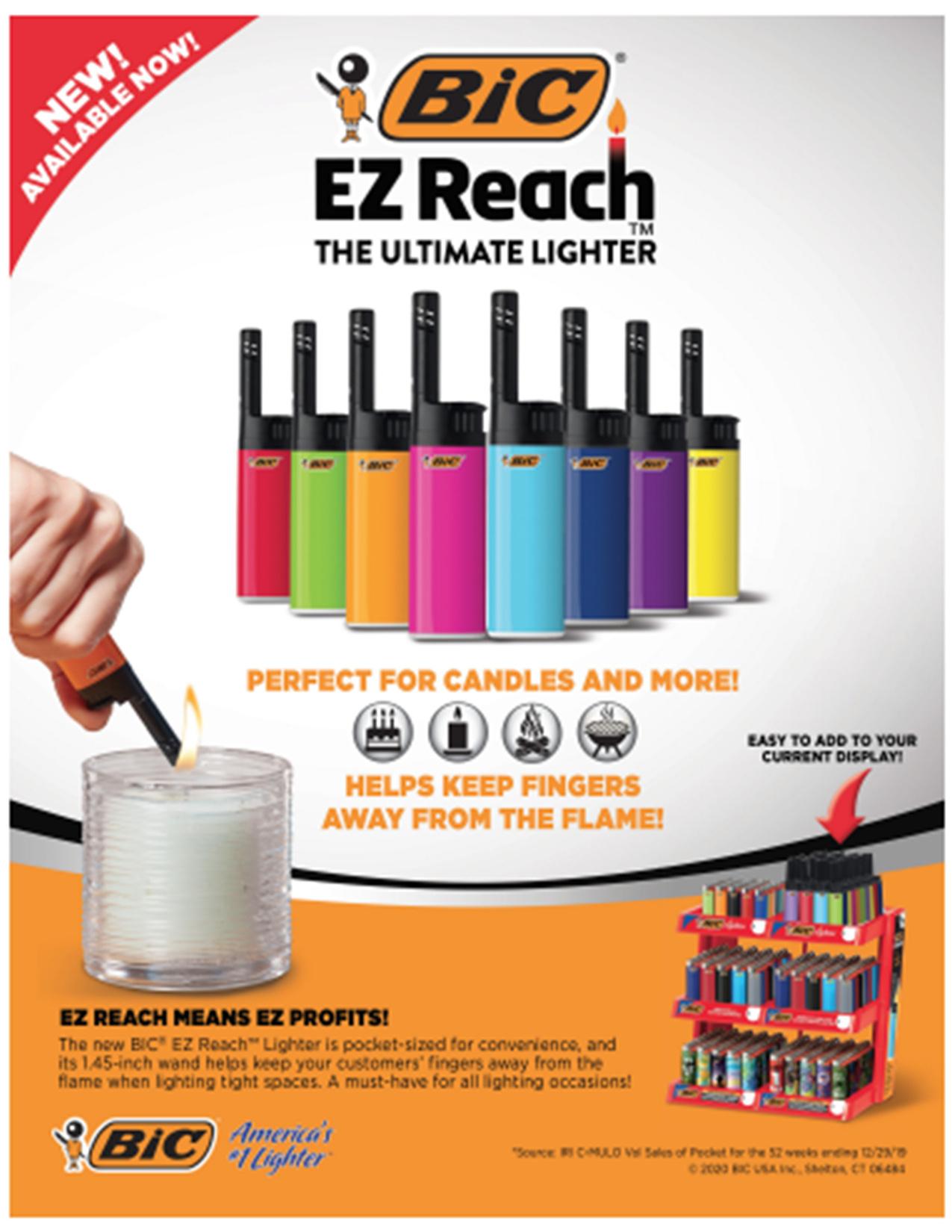
16 minute read
CAN CBD HELP WITH PAIN?
Pain is a very common ailment, affecting nearly every person at some point in their life. For many people, the first thing they turn to when they experience pain is medication. It can be hard to know what will work best for you with so many different medications available. One option that’s gaining popularity is CBD and it may just be the answer you ’ re looking for!
What is CBD?
CBD is a chemical compound found in the cannabis plant. It's non-psychoactive, meaning it won't get you high and it isn't addictive CBD has been shown to have a wide variety of health benefits, including reducing inflammation and pain, improving mood and sleep quality, helping with anxiety disorders like post-traumatic stress disorder (PTSD), and even potentially helping treat cancer. It's important to note that there are many different types of cannabis plants out there some contain more THC than others, which means they'll make you feel "high". If you want to avoid getting high while using CBD oil or other products made from hemp plants (a type of cannabis), look for products that are labeled as being rich in CBD and have no THC!
Studies Show That CBD Can Help
In a recent Forbes Health study, 60% of U.S. adults who use CBD products do so for its potential painrelieving effects. Studies also show that CBD can help with common symptoms of chronic illnesses like fibromyalgia In fact, many people use CBD as an alternative to prescription medication to treat these conditions because it doesn't come with the same side effects or risks of addiction. Below are some other reasons why consumers are using CBD.
How Does CBD Work with Pain?
In order to understand how CBD works with pain, it's important to understand the endocannabinoid system. The ECS is a group of receptors and corresponding molecules that regulate your body's natural processes. It's made up of CB1 and CB2 receptors located throughout your brain, nervous system, immune cells, and organs
When you consume CBD (or another cannabinoid), interacts with these receptors, which help regulate many different bodily functions, including sleep cycles, moods, and digestion to name just a few!
What Pain Can CBD Relieve?


Pain can be caused by a number of different conditions. The most common sources of chronic pain are arthritis and back problems, but other causes include cancer, fibromyalgia, and multiple sclerosis CBD oil has been shown to help with all of these conditions.
Inflammation is a normal part of the body’s response to injury or illness, but when it becomes chronic, it can cause pain It's caused by our immune system's response to injury or illness CBD has been shown to reduce inflammation in the body by suppressing the production of pro-inflammatory cytokines (messenger proteins) by immune cells.
Does CBD interact with other medications?
CBD is not a drug, but it can interact with medications such as heart and blood pressure medications Studies show that CBD has negative interactions with beta blockers, causing undesirable effects. CBD can also affect cholesterol-reducing medications such as statins by causing certain drugs to remain in one ' s system for longer. It's important to talk to your doctor about all of the vitamins, supplements, and prescription and over-the-counter medications you ' re taking.
Is it Safe?
CBD is safe for most people, but it's not 100% riskfree The FDA has limited data on CBD safety, but some side effects include liver damage, drowsiness, or sleepiness that may occur when taking higher doses of the product. The FDA recommends that consumers taking CBD products talk to their doctor before starting or stopping any medications Is it legal? The short answer is yes, but it depends on where you live. Federal law prohibits the sale of CBD and other cannabis products as dietary supplements, which means they’re not allowed in stores unless they have a specific license from the FDA for that purpose But some states have legalized medical marijuana and CBD oil
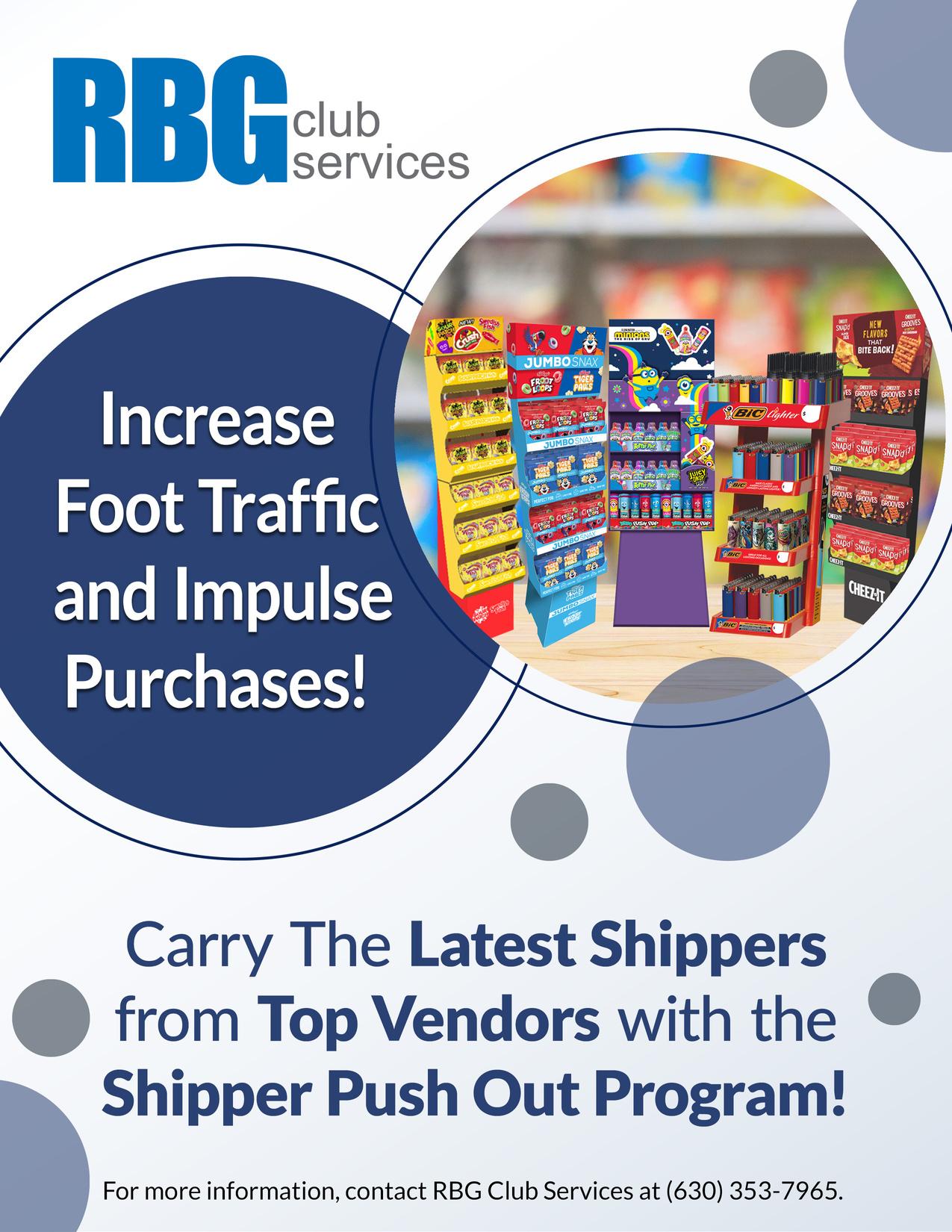

Every retail operator has a special experience opening their first store. But what happens when that business owner wants to expand and replicate their success at a second or third location? How do they make this happen, and why should they?
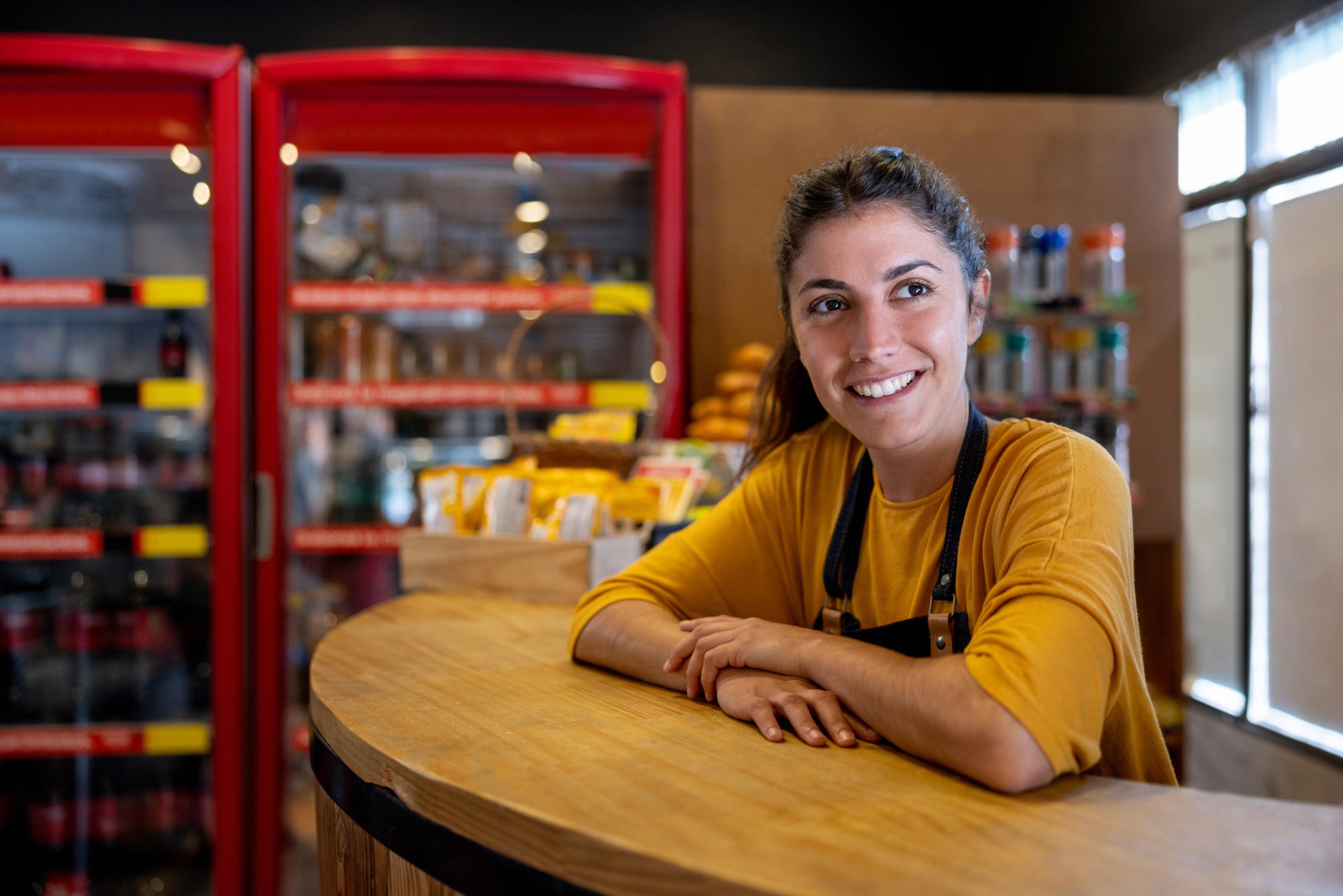
It’s easier to run one location where you can touch and impact all the moving parts that go into your business daily, but spreading your management expertise across multiple stores can be a challenge.
Recipe for Success
Step one is to develop your operating experience to achieve this ambitious goal. Many multi-unit operators have been in the business for decades, and they've learned a thing or two along the way If you ' re new to this field, consider working with someone who has a track record of success, and always remember to lead by example.

Next, establish and strengthen your brand. If you ' re going to invest your time and money into building up a new brand or one that customers may not be familiar with, it's important that you know what makes it unique and how you can leverage that uniqueness to stand out from competitors
Lastly, but most importantly, create a STRONG team! Many successful multi-unit operators have built strong teams around them over time; these people will help make sure everything runs smoothly as your business grows by providing valuable input on how best to serve customers across multiple locations at once (which may require some adjustments). This means hiring managers who are qualified and experienced in their fields, which can be challenging. Your best bet is finding someone with experience as an operator or manager at another restaurant chain; if this isn't possible, then look for someone who has worked in other industries such as retail or hospitality.
Pros and Cons of Becoming a Multi-Unit Operator
Before getting started, it’s important to look at the pros and cons of becoming a multi-unit operator. You’ll get more out of it than better pricing on supplies and equipment!
Pros:
Lower variable costs.
Volume purchasing
Lower fixed costs.
Spreads the costs of equipment. Test and experiment with different items, layouts, and procedures.
Accelerated and continuous learning. More space to spread out inventory if needed
As with any business, there are some downsides to operating multiple locations.
The biggest challenge is managing each location separately and making sure that you ' re not spreading yourself too thin.
Cons:
Need to have strong delegation skills. Uncovering problems in all your stores may be difficult.
It may be difficult to accurately track your profit and loss at each store to track financial performance
Costs get out of control if you aren’t diligent. Higher sales are not guaranteed. Customers may have negative experiences at other locations.
Elevate Your Management Style
As you begin to manage multiple locations, it's important to keep in mind that the way you manage each store will be different from how you managed your first location You will be able to see the big picture more easily because there is less detail involved with each individual location (e.g., staffing, inventory levels, location climate). Your managerial visionaries should not be limited by one store's financials or customer base; instead, look at all locations as one large business unit You also become a manager for people instead of a store Changing and adapting to this mindset will help you become the best leader for your general store managers.
Conclusion
Multi-unit operators are successful because they have the competence, capabilities, and commitment of field managers who can extract tangible, scalable benefits from their operations. Those who are up for the challenge and seek to continuously improve will find the success all c-store owners are searching for.
Sources: https://cstoredecisions com/2023/02/14/how-to-expand-into-mult-unitoperations/
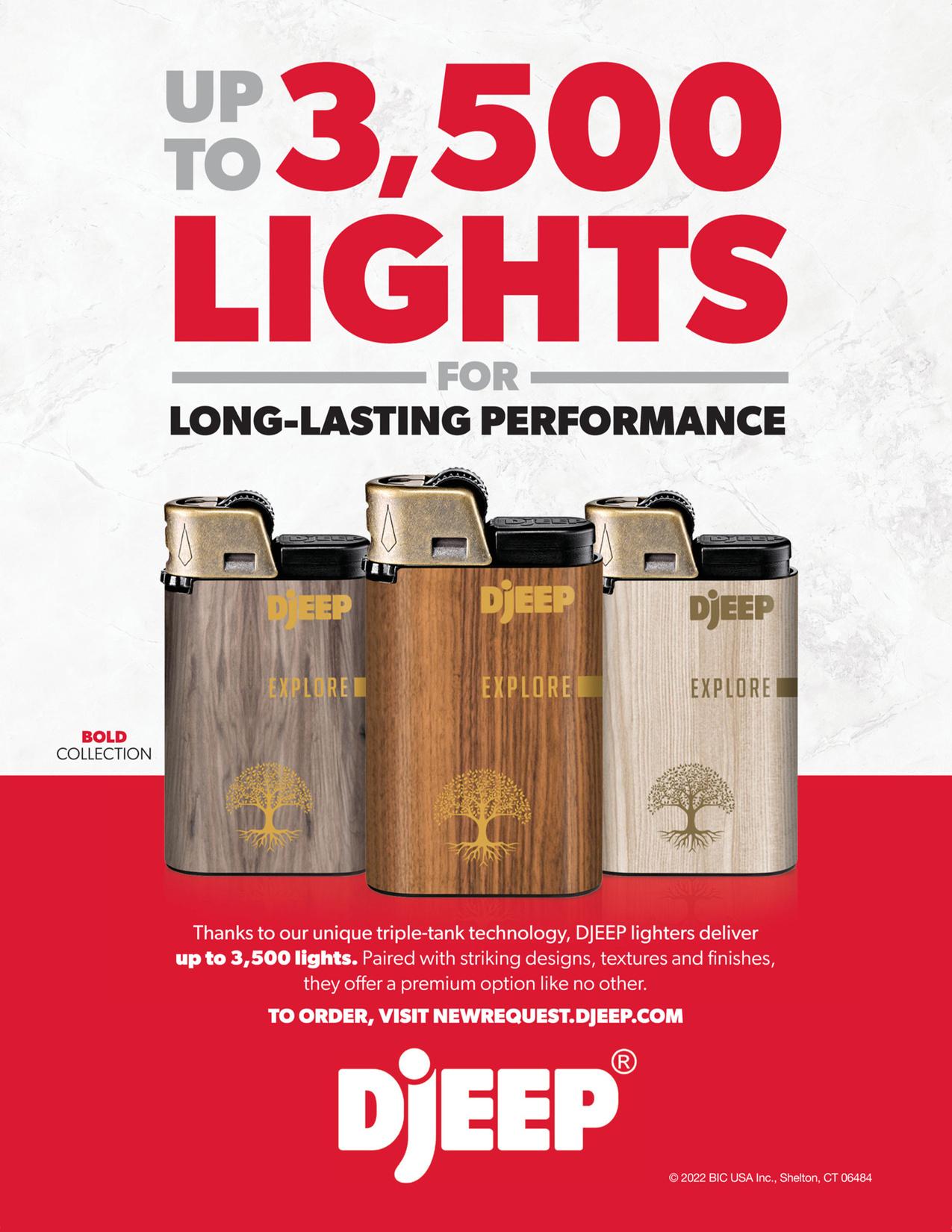
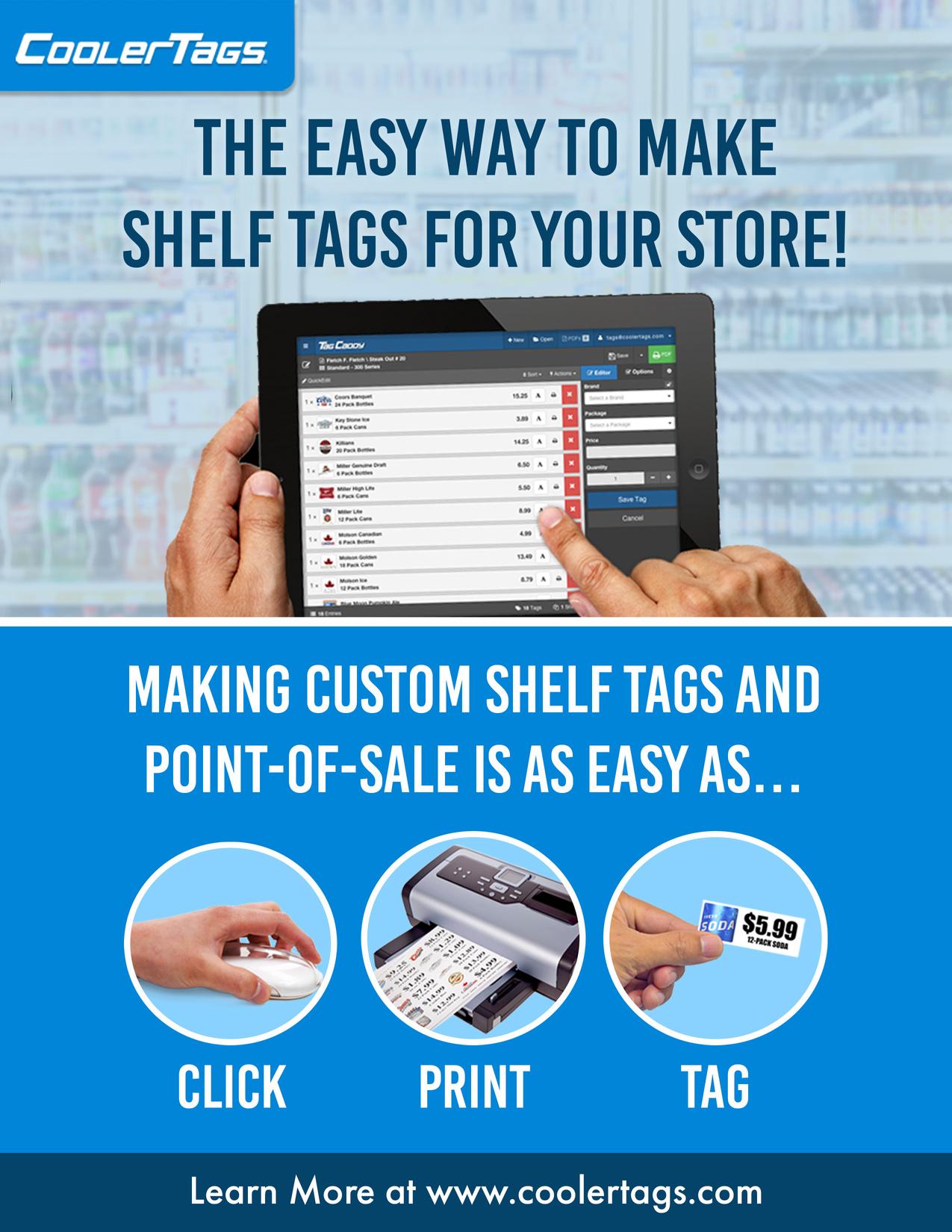
As a business owner, you know that increasing revenue is essential to the growth and success of your company. However, finding new ways to generate income can be a challenge, especially if your business has been operating for a while. Fortunately, there are many strategies you can use to freshen up your business and boost revenue. In this article, we'll explore some effective ways to breathe new life into your business and increase profits.

Make Adjustments
To get started, collect feedback from your customers. You can do this in several ways, like surveys, questionnaires, focus groups, and polls (online or in person) Think about offering discounts, incentives, or freebies to motivate your customers Some other adjustments to think about in your c-store include:



Expand Product Offerings: Consider adding new products to your inventory, such as healthy food and beverage options, locally sourced products, or unique items that are not widely available.
Optimize Store Layout: Ensure that your store layout is optimized for maximum visibility and ease of access. This can include placing popular items in high-traffic areas, improving store signage, and making sure that aisles are not cluttered. Don’t put too many products on top of each other or have too many displays blocking pathways between sections of the store. If possible, try using signs with large text so that those who have trouble seeing can easily read them.
Improve Pricing Strategy: Evaluate your pricing strategy to ensure that you are offering competitive prices while still maintaining profitability. Consider offering discounts or promotions on slow-moving items to encourage sales.
Offer Loyalty Programs: Implement a loyalty program that rewards customers for their repeat business and consider partnering with other businesses in the area to offer joint loyalty programs.
Enhance the Customer Experience: You can do this by providing excellent customer service, offering a clean and inviting store environment, and implementing modern technology such as mobile ordering and contactless payment options.
By making these adjustments in your convenience store, you can grow revenue and attract more customers It is important to regularly evaluate your business and make changes as needed to stay competitive in the market.
Measure the Success of Your Services
The first step to measuring the success of your convenience store services is understanding what metrics you should be tracking. There are many options, but here are some common ones:

How often customers visit and how long they stay.
Customer's average transaction size (ATS) and average ticket (AT).
The net revenue per customer visit (RPCV)
You can also use sales data to identify popular items and adjust your inventory, which will help you make informed decisions about which products to stock and which to discontinue. Having a holistic overview of your store will give you the best information about how you ’ re doing
Keep Up with Industry Trends
Staying updated with the latest trends is a great way to stay ahead of the competition It's important to examine what's going on in your market and how it might affect your business, so you can keep pace with changing consumer preferences and expectations. According to industry experts, some of these trends include:
Emphasis on Quality: Consumers are increasingly demanding high-quality products from convenience stores, including fresh food and beverages.
Digital Integration: C-stores are expected to continue integrating digital technology to enhance the customer experience This includes the use of IoT technology and artificial intelligence (AI) to offer personalized experiences for customers, facial recognition payment systems, and in-store digital signage.
Frictionless Payment Options: C-stores will continue to adopt frictionless payment options, such as mobile payments and contactless payment systems, to make the checkout process faster and easier for customers.
Health and Wellness Options: There is a growing demand for healthy and functional foods and beverages, and c-stores are expected to respond by offering more options in this category.
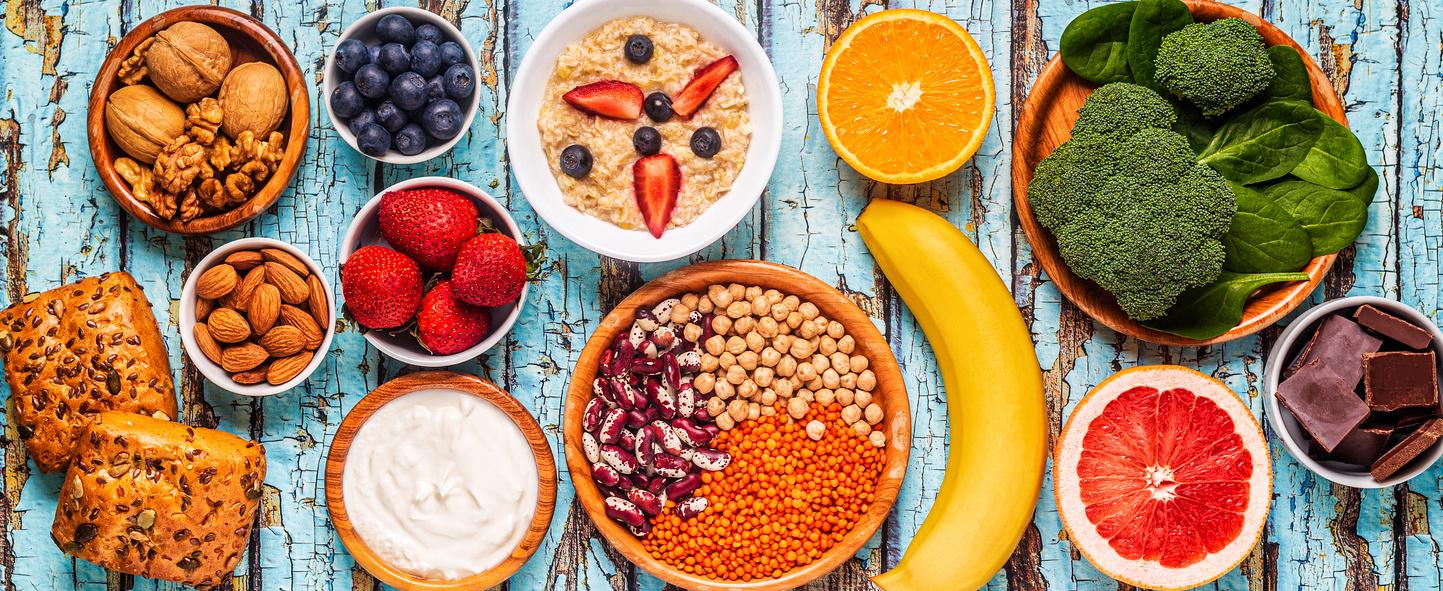
Curbside Pickup and Delivery: With the rise of ecommerce and the convenience of online ordering, convenience stores are expected to offer more curbside pickup and delivery options to attract customers.
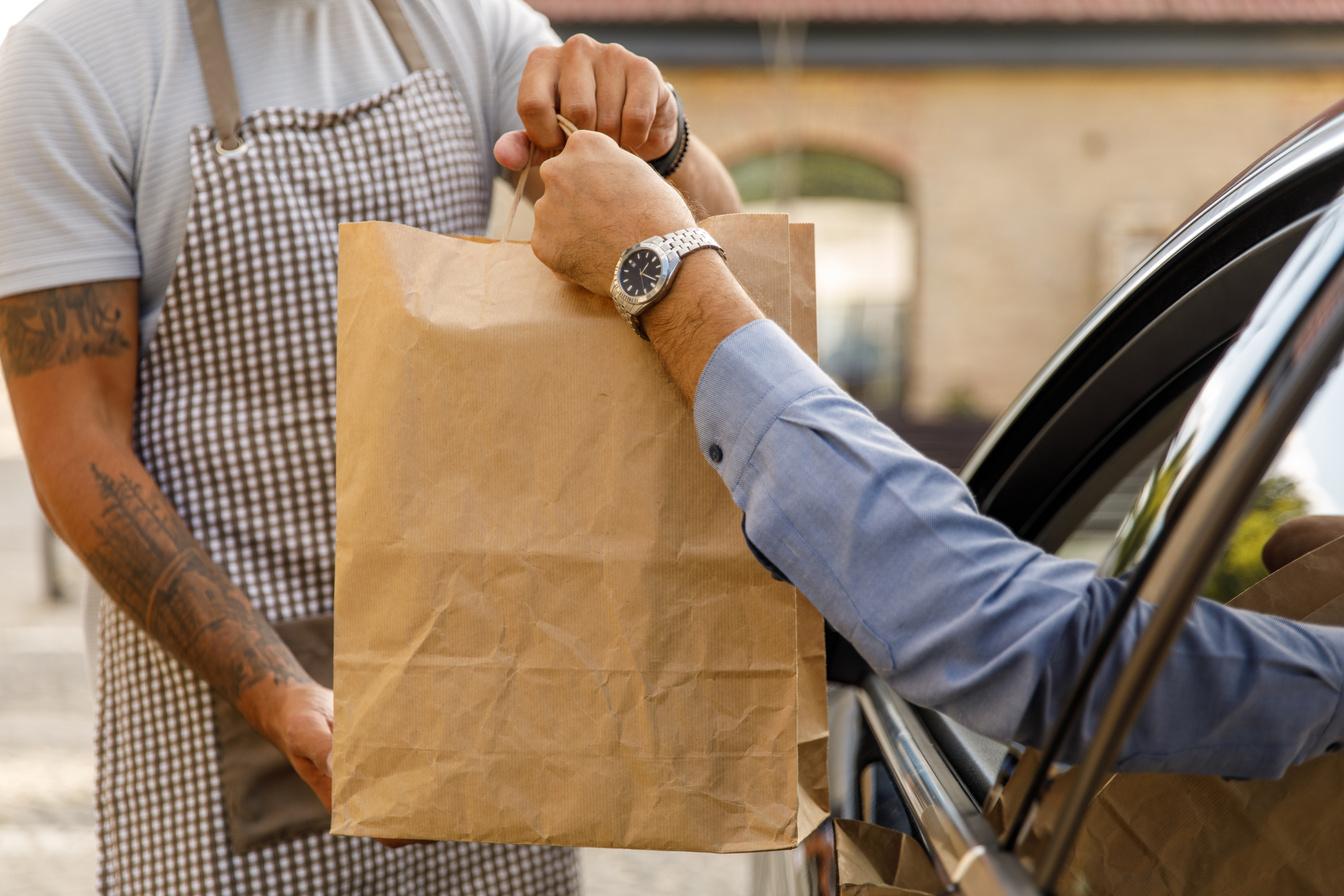
Look at some of the top industry publications for information about what's happening in your field right now These outlets often offer insight into emerging markets and new technologies that could benefit or hurt your business and they're usually free!
These trends are expected to shape the convenience store industry in 2023 and beyond, providing opportunities for retailers to freshen up their businesses and meet evolving consumer demands.

Sources: https://www.cstoredive.com/news/c-store-industry-top-trends-2023/639454/; https://blog.gitnux.com/convenience-store-trends/; https://aws.amazon.com/blogs/industries/convenience-and-technology-trends-and-challengesfor-c-stores-in-2023/
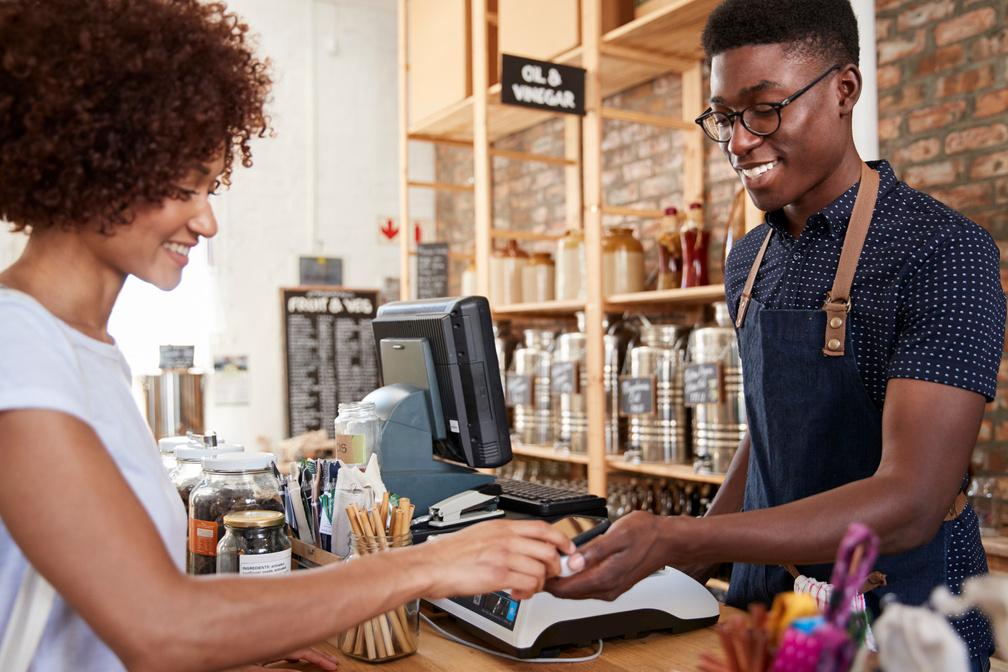
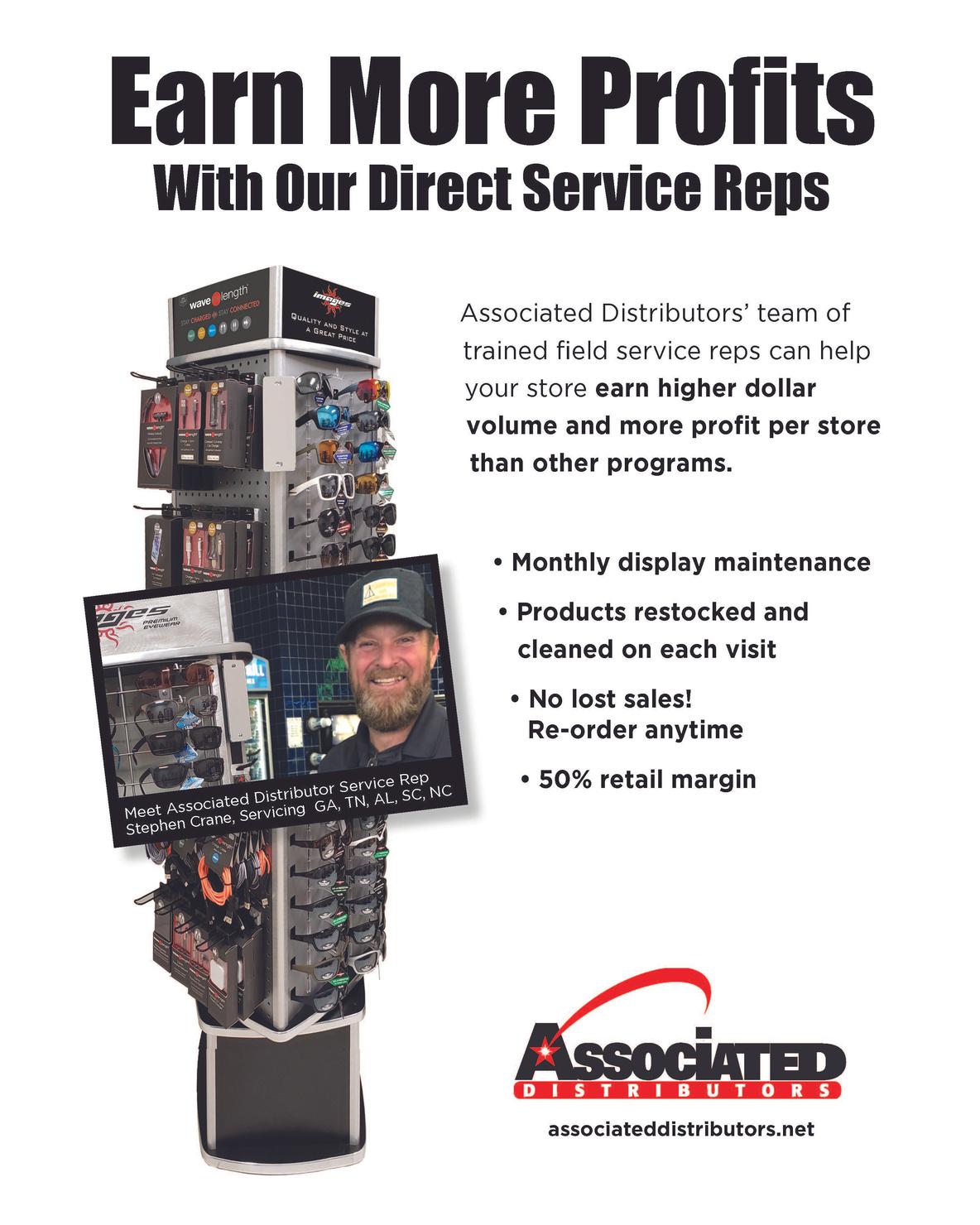
Bakery sales can be a significant source of revenue for convenience stores, as consumers often crave sweet treats on-the-go or during their daily commute. Convenience stores can attract and retain customers, increase their average transaction value, and differentiate themselves from competitors by offering high-quality bakery products that cater to different tastes and preferences. This article aims to provide actionable advice on how to ensure quality and introduce new and exciting bakery items to drive bakery sales
The Benefits

Offering bakery items in convenience stores can provide several benefits to both customers and store owners For customers, having fresh, delicious bakery items readily available in a convenient location can be a major time saver, especially for those on the go. This builds customer loyalty, which can lead to repeat business, positive word-of-mouth, and increased revenue.
Additionally, offering bakery items can attract customers who may not have visited the store otherwise, leading to increased foot traffic and sales. For store owners, bakery items are typically high-margin products, meaning they can generate a significant profit Customers are often willing to pay more for a better-quality product, especially if it satisfies their cravings for a sweet treat. Bakery items can also help differentiate a convenience store from competitors, leading to increased loyalty from customers and a competitive advantage for the store Overall, offering bakery items in c-stores can be a win-win for both customers and store owners.
Quality
Maintaining the quality of bakery goods is crucial for any business that sells baked goods, especially for cstores. Here are some examples of how to ensure the quality of bakery goods:

Use Fresh Ingredients: The quality of bakery goods heavily depends on the freshness of the ingredients used. Using fresh ingredients ensures that the final product tastes great, is visually appealing, and has a longer shelf life C-stores should make sure that they source their ingredients and products from reliable suppliers before using them.
Follow Recipes Accurately: Consistency is key when it comes to bakery goods. Following recipes accurately ensures that the final product tastes the same every time it is made. C-stores should keep an eye on the product and stay in communication with their suppliers in case inconsistencies do appear.

Train Staff Properly: Proper training of staff is essential to maintaining high-quality bakery goods C-stores should ensure that their staff is trained to handle the equipment properly and maintain hygiene and cleanliness. Staff should also be trained to recognize when a product is not up to standard, has expired, or is damaged and discard it.
Monitor Production Process: Monitoring the production process helps identify potential issues, such as equipment malfunctions or staff errors, before the product is sold. C-stores should have a system in place to monitor the production process and ensure that the final product meets quality standards.
Seek Feedback: Customer feedback is an excellent way to assess the quality of bakery goods. C-stores should encourage their customers to provide feedback on the baked goods and use the feedback to improve their products.
By implementing these measures, c-stores can ensure that their bakery goods are of high quality, consistent, and meet the expectations of their customers
Fresh vs. Frozen
Fresh bakery products are made from scratch using fresh ingredients and baked on-site, while frozen bakery products are pre-made and frozen for later use. The main difference between the two is the taste and texture. Fresh bakery products have a crisp crust and a soft interior, while frozen products tend to be a bit soggy and lack the same level of freshness Fresh bakery products also have a shorter shelf life and need to be sold within a day or two, while frozen products can last for weeks in the freezer. However, when it comes to c-stores, fresh bakery products are preferable to sell because they are perceived to be of higher quality and taste better C-stores can capitalize on the freshness and quality of their products by baking small batches frequently throughout the day to ensure that their customers are getting the best possible experience. Additionally, the aroma of freshly baked goods can entice customers and increase sales, making fresh bakery products a more profitable option for cstores.
Proof in the Numbers
So, what are the numbers? According to Statista, fresh bakery retail sales in the United States increased from $13.8 billion in 2013 to $17.9 billion in 2021. The report notes that the increasing demand for fresh and locally sourced bakery items, as well as the growing popularity of specialty diets such as gluten-free and vegan, are driving the growth in the market.
In addition, Datassential research firm found that among operators offering fresh baked goods, 35% noted an increase in sales. The report also suggests that offering a variety of baked goods, such as bread, pastries, and cakes, can appeal to a wider range of customers and increase the likelihood of repeat business. Rich's Marketplace, which offers bakery programs for c-stores, notes that 41% of consumers didn’t decide to purchase food until after they were inside the c-store. This shows the importance of product packaging, display, and layout.
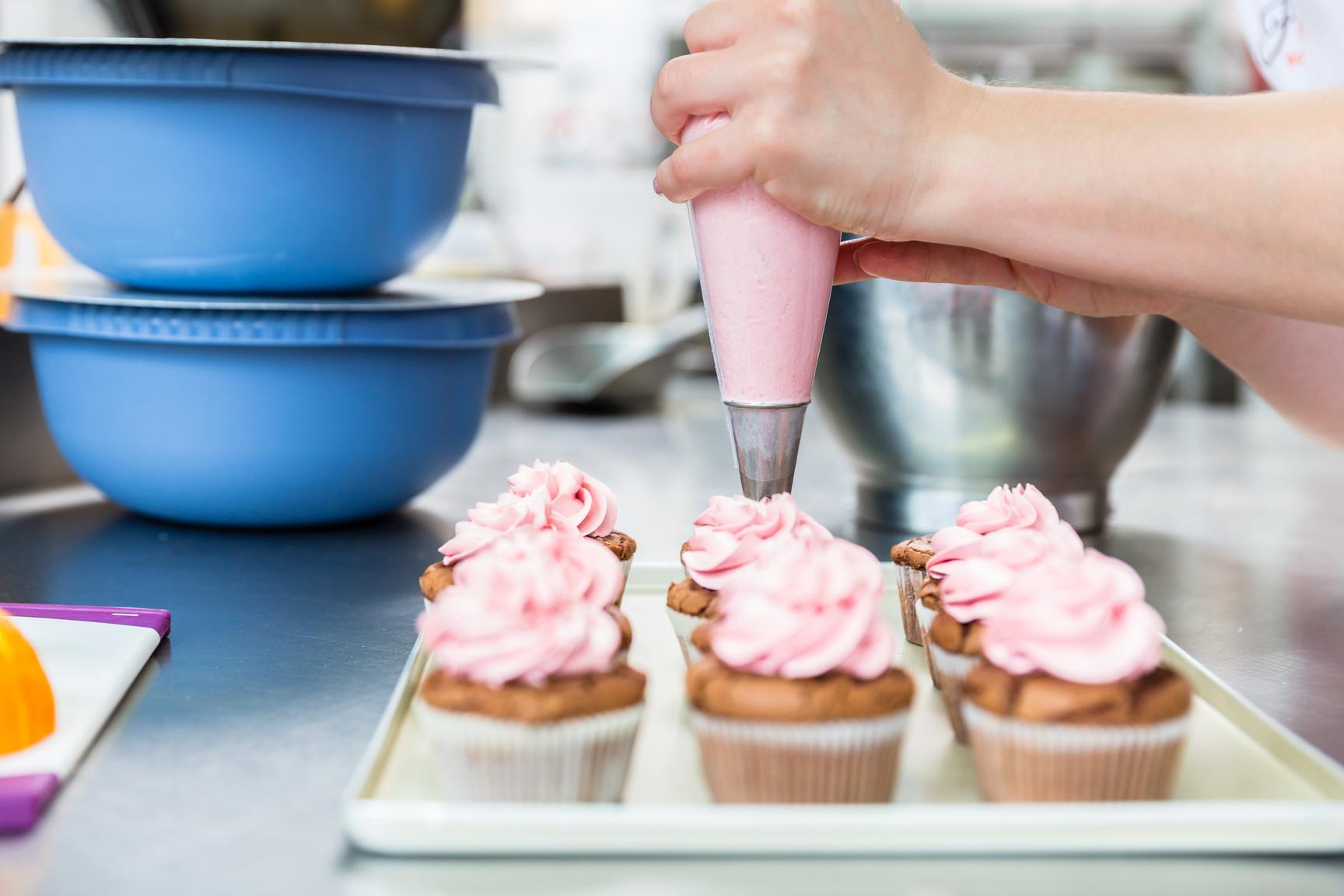
What’ Trending?
#1 Experiment with New Products: Customers are often adventurous and are always looking for something new and exciting to try. By showcasing new products as they come in, convenience stores can make it easy for customers to discover and try new things. Another way to promote new products is by offering samples This can be a great way to encourage customers to try something new without having to commit to a full purchase. Sampling new products can also help stores get feedback from customers, which can be valuable in determining which products to continue offering.
#2 Prioritize Pre-Packaged Items: Ensure your bakery items are pre-packaged and convenient for on-the-go. For example, packaging that is sturdy and spill-proof can help customers avoid making a mess while eating in transit Additionally, packaging that is transparent or has a window can allow customers to see the product before making a purchase, which can help increase sales.
#3 Stay Alert for Trending Flavors: These trending flavors include caramel and brown butter, which add a savory touch to sweet items. Also, combining candy and branded flavors with baked goods proves to be another successful concoction, such as adding Reese’s, M&M’s, Nutella, and Ghirardelli. By following food bloggers and influencers, attending industry events, and experimenting with their own unique flavor combinations, stores can offer customers something new and unique that keeps them coming back for more.
#4 Fun-sized Items: Keep donuts in the front and seek innovations such as mini doughnuts, doughnut holes, and other shareable iterations. Another trend that is popular with customers is the availability of mini-sized baked goods. Mini cakes, cupcakes, and mini doughnuts are becoming increasingly popular as customers look for smaller, shareable portions. These items are also convenient for on-the-go consumption, which is a key consideration for many convenience store customers.
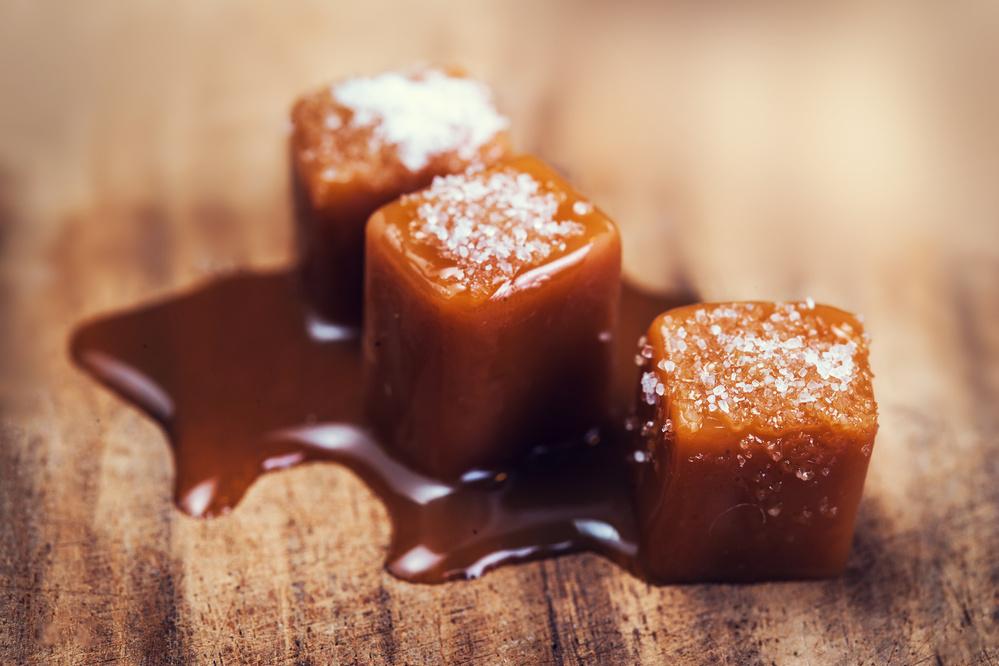
#5 Popular Items: Cookies are trending upward and are expected to keep growing through 2026. Bagels are also continuing to grow by 40% since 2019. The CSP Daily News suggests five packaged baked goods for convenience stores to consider, including muffins, croissants, and breakfast sandwiches. Customers today are looking for more than just the standard donut or muffin; they want unique and innovative bakery items that cater to their individual tastes and dietary needs. If possible, partner with local bakeries and make a partnership that’s unique to your store.
As a convenience store owner, implementing the tips provided in this article can help you differentiate your store, attract new customers, and increase sales. It is also important to monitor the production process, seek customer feedback, and stay alert to trending flavors to ensure that your bakery section stays fresh and relevant. By monitoring the results of these changes, you can identify what works best for your store and make data-driven decisions to improve and grow your bakery sales. Don't be afraid to try new things and innovate; the bakery industry is constantly evolving, and by staying ahead of the curve, you can position your store as a leader in the market!

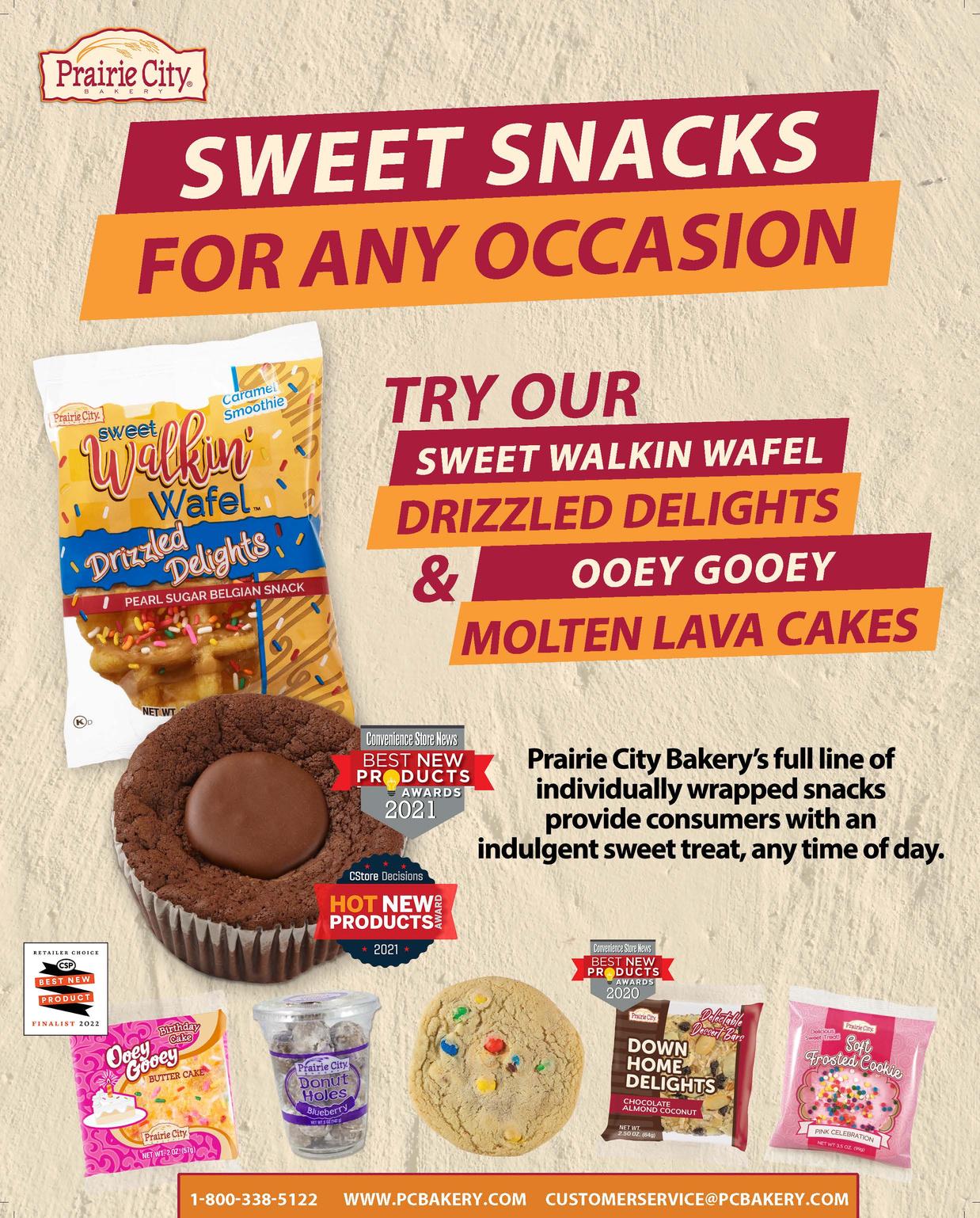
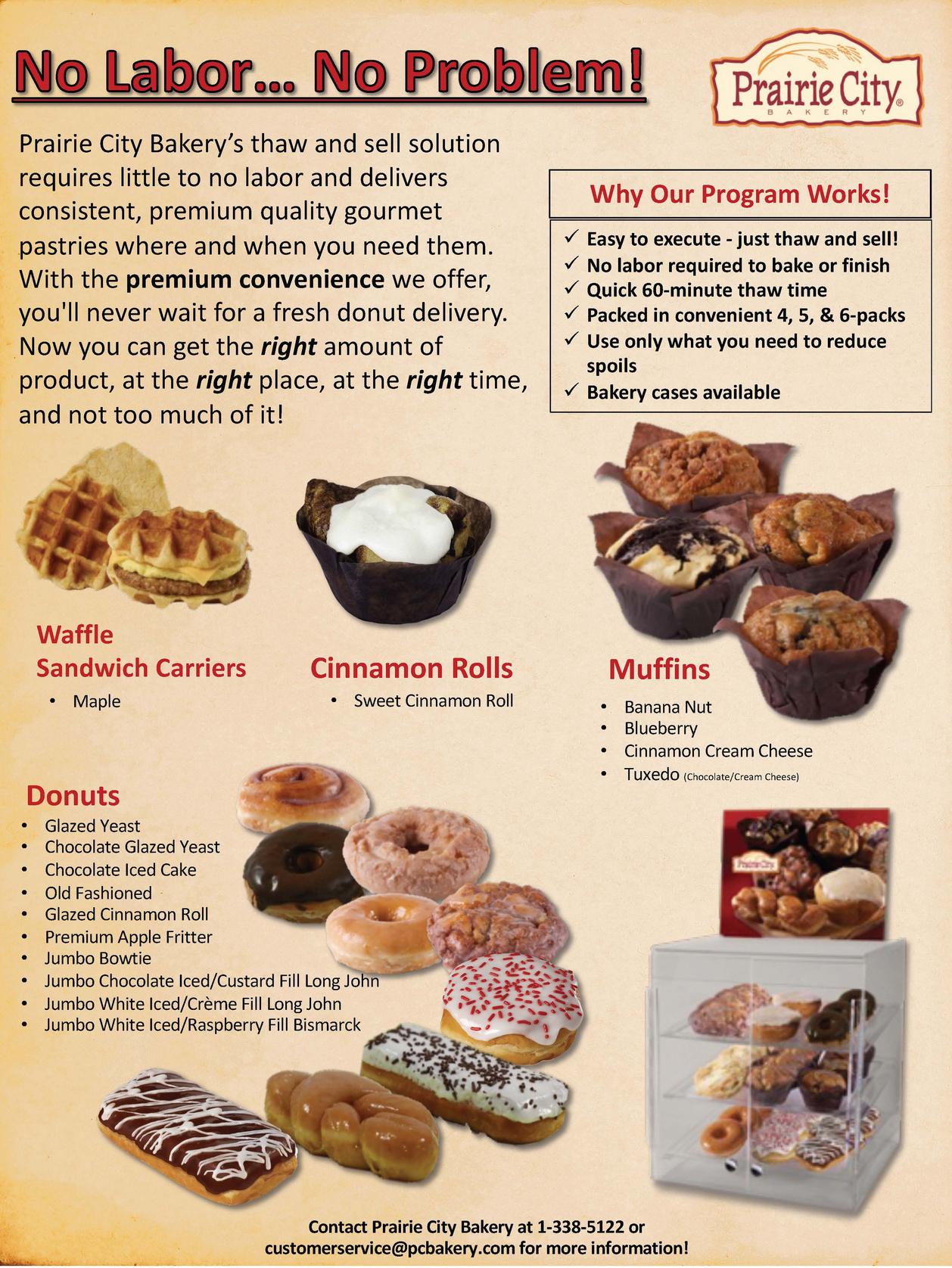
Energy efficiency is more attainable than ever before, thanks to the convenience and accessibility of technologies that can help you achieve your goals. In this article, we'll discuss how convenience stores can use energy more efficiently
Convenience Stores Can Use Energy More Efficiently
You may think that energy efficiency is a priority for your company, but are you sure? If not, it's time to act. Energy management is a process that helps businesses achieve their goals by using less energy and resources while delivering quality services or products It can also help save money by reducing waste and increasing productivity, and it doesn't have to be difficult!
What's more, there are several ways you can get started right away without having any special training or equipment (though both will come in handy down the line). Here are some tips to get started:
Educate: First off, make sure everyone understands what " energy efficiency" means by talking about it openly within your company culture Identify the areas in which you can make improvements, such as ensuring that all equipment is properly maintained and operating at peak performance.


Install LED Lighting: LED lights use significantly less energy than traditional incandescent bulbs and can last up to 25 times longer. By replacing outdated lighting with LEDs, convenience stores can reduce their energy consumption and save on maintenance costs They'll reduce electricity costs while also making work environments brighter during the day, so employees will feel happier overall!
Use Energy-efficient Refrigeration: Refrigeration can account for a significant portion of a convenience store's energy usage By choosing refrigeration units that are Energy Star certified, using night covers, and maintaining proper temperature settings, stores can reduce their energy consumption and save money on utility bills.
Install Motion Sensors: Motion sensors can detect when customers or employees enter or leave an area and adjust lighting or HVAC accordingly. This ensures that energy is not wasted in areas that are not being used.
Implement a Programmable Thermostat: Programmable thermostats allow stores to set different temperature schedules based on the time of day or day of the week. This can help stores save energy during off-hours, when fewer customers are present
Use Natural Lighting: If possible, stores can use natural lighting to reduce their reliance on artificial lighting. This not only saves energy but also creates a more inviting and pleasant shopping experience for customers
These are just a few examples of how convenience stores can become more energy efficient. By implementing these and other energy-saving measures, stores can reduce their carbon footprint, save money on utility bills, and demonstrate their commitment to sustainability

Attainable Energy Efficiency
The first thing to do is set attainable goals If you don't, then the enormity of the task can be overwhelming and discourage you from even starting. You should instead set realistic goals, such as saving 10% per year or 2% per month (or whatever). Just keep trying until eventually all those little changes add up!
Conclusion
Energy efficiency is a great way for convenience stores to reduce their operating costs and make their facilities more sustainable It's easy to think that these goals are unattainable, but with some simple changes in your store's operations, you can start saving money today. By switching out light bulbs or installing more energy-efficient appliances, you'll be able to save money on your utility bills while also helping the environment by reducing greenhouse gas emissions from fossil fuels used by traditional power plants!

